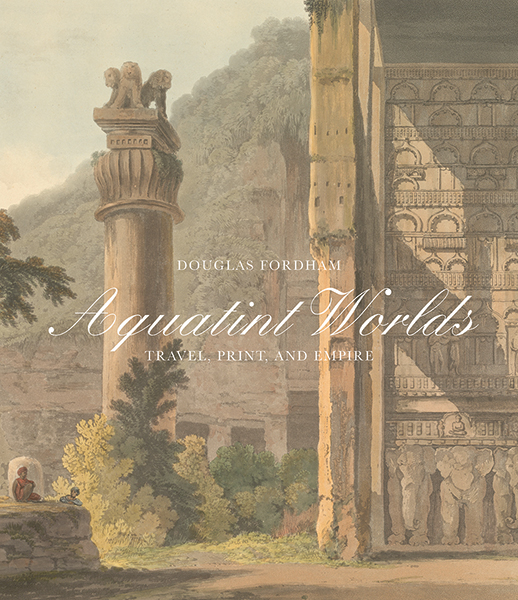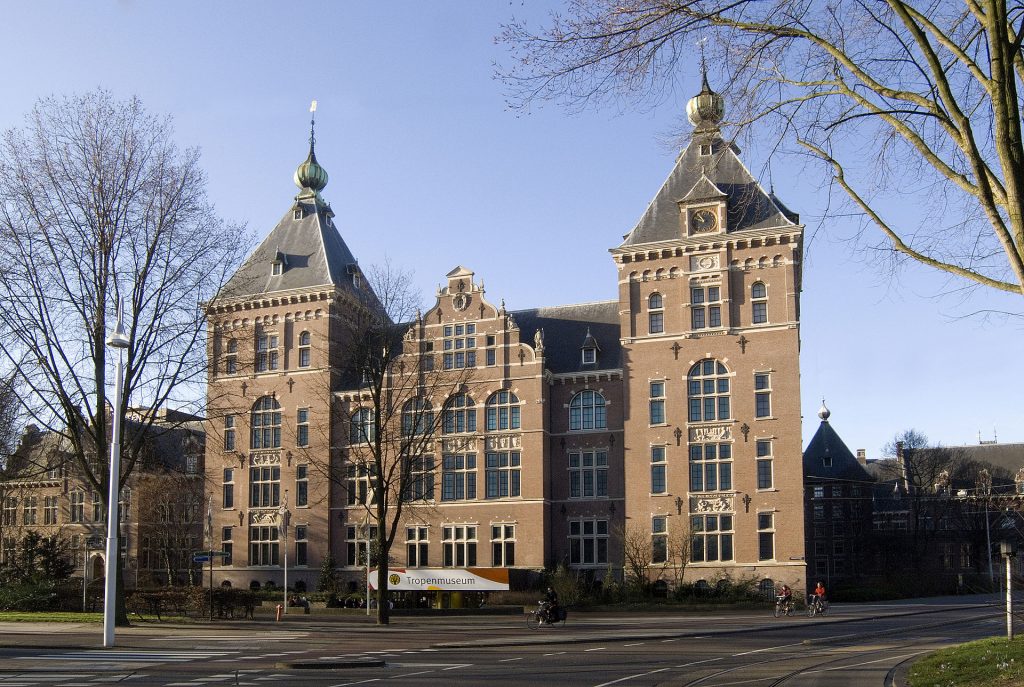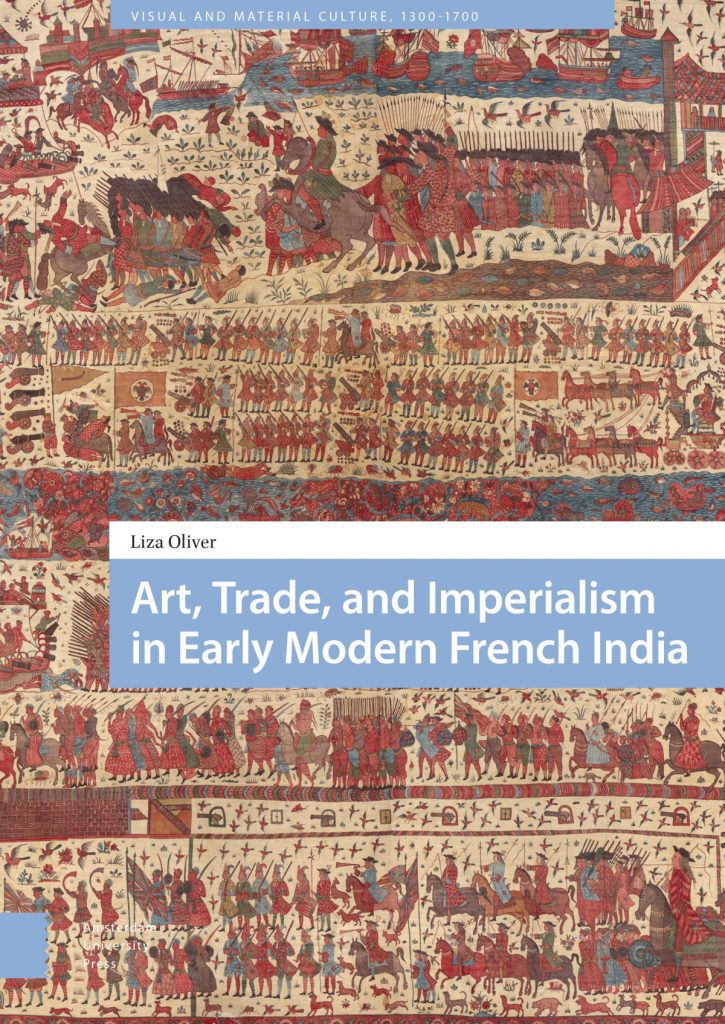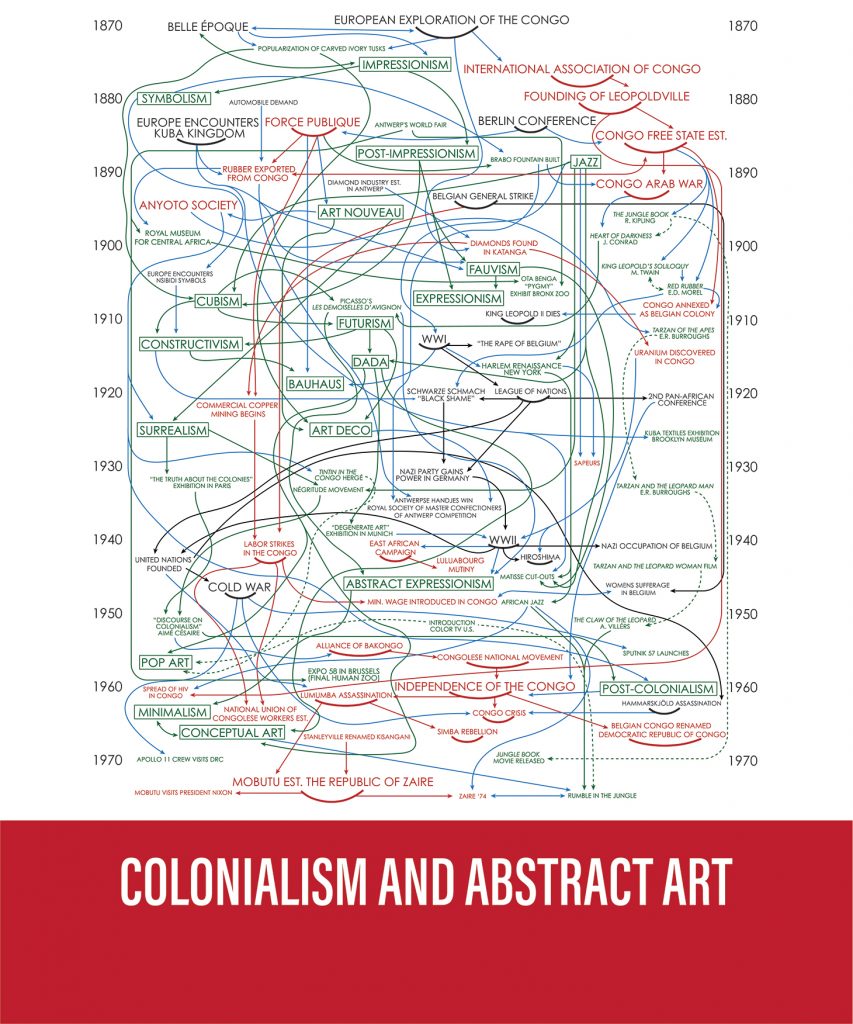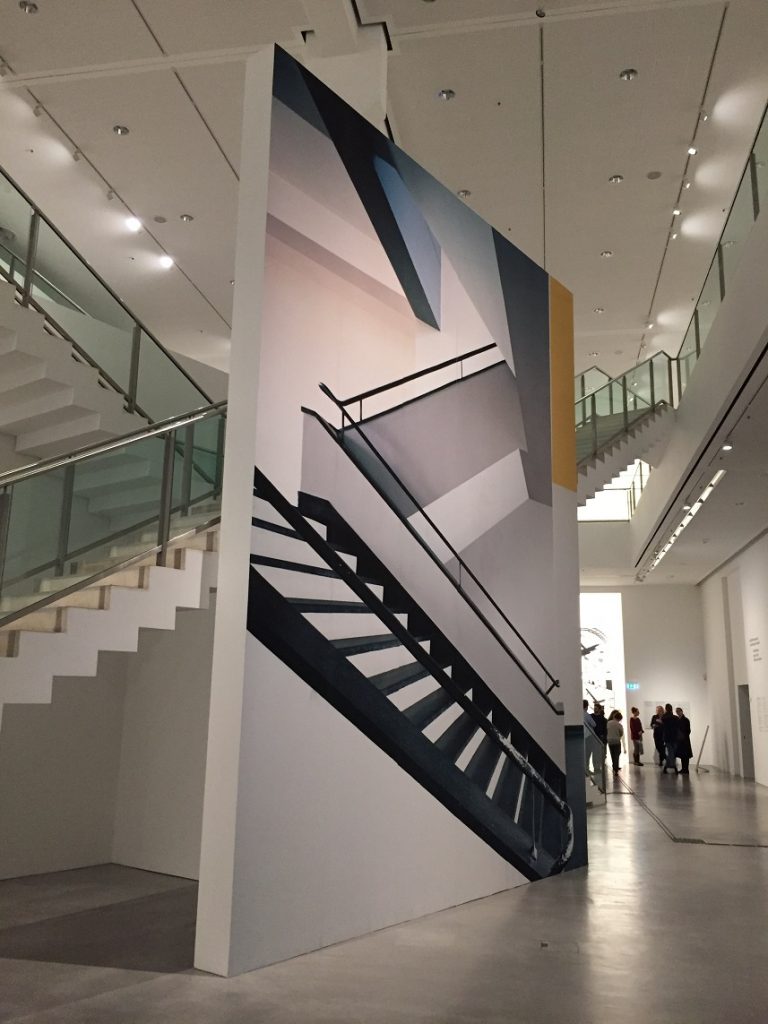CAA News Today
CAA signs on to ACLS Statement in solidarity with Asian Americans and Pacific Islanders
posted by CAA — March 29, 2021
CAA joins 36 member societies in solidarity with Asian Americans and Pacific Islanders in signing a statement by the American Council of Learned Societies (ACLS) condemning the appalling acts of racism, violence, and discrimination committed against these communities.
That statement asserts, “We find ourselves in a moment where, for good reason, we and many other Americans have been and continue to be focused intently on anti-Black racism. But we are reminded by the horrific events in Georgia this week and increased acts of violence over this past year linked to the COVID-19 pandemic, of the deep prejudices affecting Asians in this country. These and other attacks against the Asian-American community represent the latest chapter in our history of xenophobia, which tends to flare during times of crisis.” (ACLS American Council of Learned Societies)
New in caa.reviews
posted by CAA — October 16, 2020
Holly Shaffer discusses Aquatint Worlds: Travel, Print, and Empire, 1770–1820 by Douglas Fordham. Read the full review at caa.reviews.
CWA Picks for October 2020
posted by CAA — October 15, 2020
October Picks from the Committee on Women in the Arts celebrate the return of major international museum surveys dedicated to the creativity and power of women artists throughout the centuries, drawing attention to the seventeenth-century Italian Baroque master Artemisia Gentileschi, Venezuela’s twentieth-century Concrete sculptor Gego, and the women of Surrealism. As always, our global highlights are informed by shows and events that explore social justice issues and intersectional feminism.
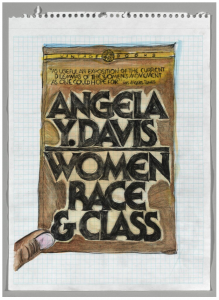
Cauleen Smith, Human_3.0 Reading List: Angela Davis. Women, Race, and Class, 2015 Graphite and acrylic on paper
One Million Roses for Angela Davis
October 10, 2020–January 24, 2021
Kunsthalle im Lipsiusbau, Dresden
Celebrating the singular life of Black activist and feminist Angela Davis, One Million Roses takes a closer look at Davis’s complex cultural relationship with East Germany almost fifty years after the launch of the postcard campaign, “A million roses for Angela,” in 1970-72, when she was held in prison under terrorism charges. This exhibition builds upon the formative commitment to Davis’s revolutionary aims, ideologies, and actions that was supported by the GDR, where she was welcomed as a state guest after release. On display are works by contemporary international artists who acknowledge and promote Davis’s calls for hope and non-racist democracy.
Until January 24, 2021
The National Gallery, London
A major retrospective dedicated to the Baroque master Artemisia Gentileschi, following the artist’s career from Rome to Florence, Venice, Naples, and London; includes the artist’s recently discovered personal letters, and promotes virtual events unearthing Gentileschi’s dramatic life and tremendous production.
October 9, 2020–March 21, 2021
Guggenheim Museum, New York
The first major retrospective survey in New York dedicated to the career of Venezuelan artist Gertrud Goldschmidt, known as Gego (b. 1912, Hamburg, Germany), a pioneer of postwar geometric abstraction and kinetic art, whose early career as an architect and engineer galvanized new spatial modalities in sculpture, textile, print and drawing.
Real and Imagined: Fabric Works and Video Animations by Heidi Kumao
September 15, 2020–December 4, 2020
Stamps Schools of Art & Design, Ann Arbor, MI
Heidi Kumao’s narrative fabric works and experimental animations are on view in this singular exhibition that explores the pervasive dynamics of sexual power, trauma, and incident. The title, “Real and Imagined,” underscores the contradictions of women’s voices in the public realm, inspired by testimonials and experiences from the #MeToo movement, when ‘truth’ and ‘memory’ are inevitably questioned or dismissed. Kumao’s industrial felt works utilize interesting references to simple quotidian objects—chairs, roots, ladders—allowing narrative to unfold in subtle ways as the images and stories are constructed and abstractly revealed on the heavy felt surfaces.
Curator Sabine Folie
September 30, 2020–January 10, 2021
LENTOS Kunstmuseum Linz
To honor Valie Export’s 80th birthday, LENTOS has organized an exhibition dedicated to the “history of the body,” a theme broadly negotiated throughout the artist’s early career and further explored in the context of the technological and digital age. On view are early works from the 1970s and contemporary projects, including performative actions, conceptual photographs, and “re-enactments” of Old Masters.
July 25–November 8, 2020
Louisiana Museum of Modern Art, Humlebaek, in cooperation with Schirn Kunsthalle, Frankfurt
This presentation explores the contributions and positions of 34 women artists from Europe, the US, and Mexico who were identified with the art historical movement of Surrealism or connected to surrealistic activities beyond the status of muse or model. Fantastic Women features well-known figures, such as Louise Bourgeois, Frida Kahlo, Leonora Carrington, and Meret Oppenheim, among other pivotal figures, such as Kay Sage, Leonor Fini and Toyen.
What Are You Voting For? A Virtual Exhibition
October 9–31, 2020
Woman Made Art Gallery, Chicago, IL
Jurors: Karen Gutfreund + Sherri Cornett | Gutfreund Cornett Art
In response to the November 2020 US elections, Woman Made Gallery (WMG) has organized a virtual exhibition of 37 “self-identified” women artists whose artworks address pressing topics about race, intersectionality, politics, privilege, health care, as well as other groundbreaking subjects. Exhibiting artists include: Beth Costello, Alicia Decker, Jacqueline DesForges, Karen Fiorito, Lisa Freeman, Christine Giancola, Linda Gleitz, Leah Golberstein, Jae Green, Susan Hale, LucyJulia Hale, Edwina Jaques, Tulika Ladsariya, Beth Lakamp, Holly Ballard Martz, Sandy Mayo, Penny McElroy, Cristin Millett, Cherie M Redlinger, Sawyer Rose, Caren Helene Rudman, Gigi Salij, Sarah Schneiderman, Suzannah Schreckhise, Durba Sen, Sarah Sipling, Pauline Hudel Smith, Laurie Szujewska, Salma Taman, Millette Tapiador, Amy Usdin, Winnie van der Rijn, Mary Vaneecke, Michelle Victoria, Dominique Vitali, Kelsey Merreck Wagner, Maria Wolf.
News from the Art and Academic Worlds
posted by CAA — October 14, 2020
|
|
|
|
|
|
Want articles like these in your inbox? Sign up for our weekly newsletter:
New in caa.reviews
posted by CAA — October 09, 2020
Blake Smith reviews Liza Oliver’s book Art, Trade, and Imperialism in Early Modern French India. Read the full review at caa.reviews.
News from the Art and Academic Worlds
posted by CAA — October 07, 2020
|
|
|
Want articles like these in your inbox? Sign up for our weekly newsletter:
Recording now available–CAA Table Talk: Education and the Arts in a Time of Crisis
posted by CAA — October 05, 2020
Wednesday, October 14, 2020
12:00-12:30 PM (ET)
Free and open to the public
CLICK HERE TO JOIN THE CONVERSATION
We’re delighted to introduce CAA members to a new series of conversations between Meme Omogbai, our executive director and CEO, and N. Elizabeth Schlatter, the president of the CAA Board of Directors. Amidst so much change in our lives, workplaces, and world, join CAA leadership for an informal chat on how CAA is reshaping its efforts to provide access and resources where members need it most. Meme and Elizabeth will speak on the economic implications of COVID-19, the urgent importance of members’ scholarship, and the changing terrain of this cultural moment.
For best results, we recommend using the most up-to-date version of Chrome as your web browser. The conversation will be recorded and shared afterwards.
We would love to hear your questions, too. Please send them in advance to: caanews@collegeart.org
SPEAKER BIOGRAPHIES
Meme Omogbai is Executive Director and CEO of College Art Association (CAA). Before joining CAA, Omogbai served as a member and past Board Chair of the New Jersey Historic Trust, one of four landmark entities dedicated to preservation of the state’s historic and cultural heritage and Montclair State University’s Advisory Board. Named one of 25 Influential Black Women in Business by The Network Journal, Meme has over 25 years of experience in corporate, government, higher education, and museum sectors. As the first American of African descent to chair the American Alliance of Museums, Omogbai led an initiative to rebrand the AAM as a global, inclusive alliance. While COO and Trustee, she spearheaded a major transformation in operating performance at the Newark Museum. During her time as Deputy Assistant Chancellor of New Jersey’s Department of Higher Education, Omogbai received Legislative acknowledgement and was recognized with the New Jersey Meritorious Service Award for her work on college affordability initiatives for families. Omogbai received her MBA from Rutgers University and holds a CPA. She did post-graduate work at Harvard University’s Executive Management Program and has earned the designation of Chartered Global Management Accountant. She studied global museum executive leadership at the J. Paul Getty Trust Museum Leadership Institute, where she also served on the faculty.
N. Elizabeth Schlatter is the President of the CAA Board of Directors and Deputy Director and Curator of Exhibitions at the University of Richmond Museums, Virginia. A museum administrator, curator, and writer, she focuses on modern and contemporary art and on topics related to curating and issues specific to university museums. At UR, she has curated more than 20 exhibitions, including recent group exhibitions of contemporary art such as “Crooked Data: (Mis)Information in Contemporary Art,” “Anti-Grand: Contemporary Perspectives on Landscape,” and “Art=Text=Art: Works by Contemporary Artists.” She also serves on and chairs various University and School of Arts & Sciences committees. Prior to the University of Richmond, she worked with exhibitions at the Smithsonian Institution Traveling Exhibition Service (SITES) in Washington, D.C, and in fundraising at the Contemporary Arts Museum, Houston. She is author of Museum Careers: A Practical Guide for Novices and Students (Left Coast Press, Inc.) and a contributor to A Life in Museums: Managing Your Museum Career (American Association of Museums). She has a BA in art history from Southwestern University in Texas, and an MA in art history from George Washington University.
Call for Participation: CAA 2021 Poster Session Highlighting Undergraduate Research in Art and Art History
posted by CAA — October 05, 2020
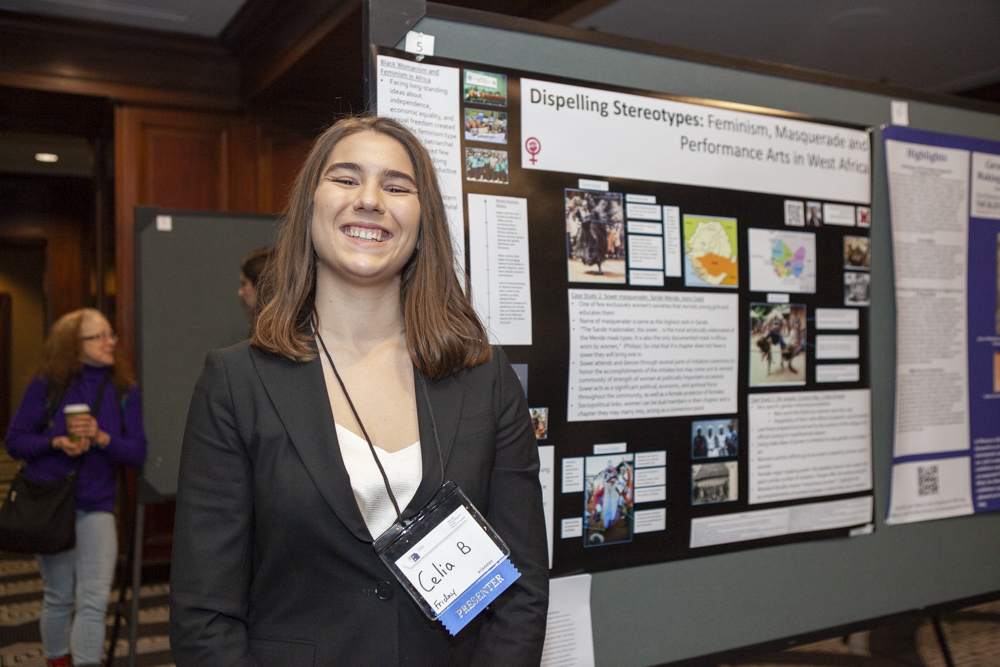
Cecilia Bugno presents her work as part of the inaugural Undergraduate Research Poster Presentations at the 2020 Annual Conference. Photo: Stacey Rupolo
We’re excited to announce the 2021 Call for Participation for a special virtual poster session dedicated to undergraduate research for the 2021 Annual Conference, February 10-13.
Organized by Alexa Sand, Chair of the Division of Arts and Humanities for the Council on Undergraduate Research, and Professor of Art History and Director of Undergraduate Research at Utah State University, this session is one of several events planned for CAA 2021 to provide more opportunities for undergraduate participation.
Submissions should be sent via this google form by November 23, 2020.
Selected presenters will be notified by December 7 and will need to join CAA at the student membership rate prior to participation in the conference. Participants will also be required to register for the conference.
Undergraduate research—whether part of a faculty-directed project, class-based, or an individual pursuit on the part of a student—is an ideal example of active and engaged learning. Students in art history identify questions, evaluate source material, test ideas and theories, and produce reports in some form, usually including a significant written component. In the studio art and design fields, research can take a different form, with creative practice being one way outcomes of a project can be delivered.
This poster session will be dedicated to presenting outstanding examples of undergraduate research. Submissions are invited from students conducting research such as object and/or medium studies, text-based analysis, experimental archaeology, thesis research, and/or creative inquiry. Students may choose to present findings from ongoing research or from recently completed projects.
We also encourage submissions from faculty and museum professionals who have experience with mentoring undergraduate research in Art History, Studio Art, Graphic Design, Visual Communication, and other creative fields. Faculty posters may address specific projects or case studies of student research projects, assessment of undergraduate research, characteristics of successful programs, or other approaches that addresses the challenges and benefits to students of undergraduate research.
This project proposal is part of CAA’s Undergraduate Outreach Initiative organized collaboratively by CAA’s Education Committee, Committee on Diversity Practices, Students and Emerging Professionals Committee, and the Division of Arts and Humanities, Council on Undergraduate Research.
Please contact Alexa Sand directly at alexa.sand@usu.edu with any questions.
New in caa.reviews
posted by CAA — October 02, 2020
Emily Joyce Evans considers the 2019 exhibition Original Bauhaus, a collaboration of Bauhaus-Archiv and Berlinische Galerie, Berlin. Read the full review at caa.reviews.
Apply to Join the CAA Annual Conference Committee
posted by CAA — October 01, 2020
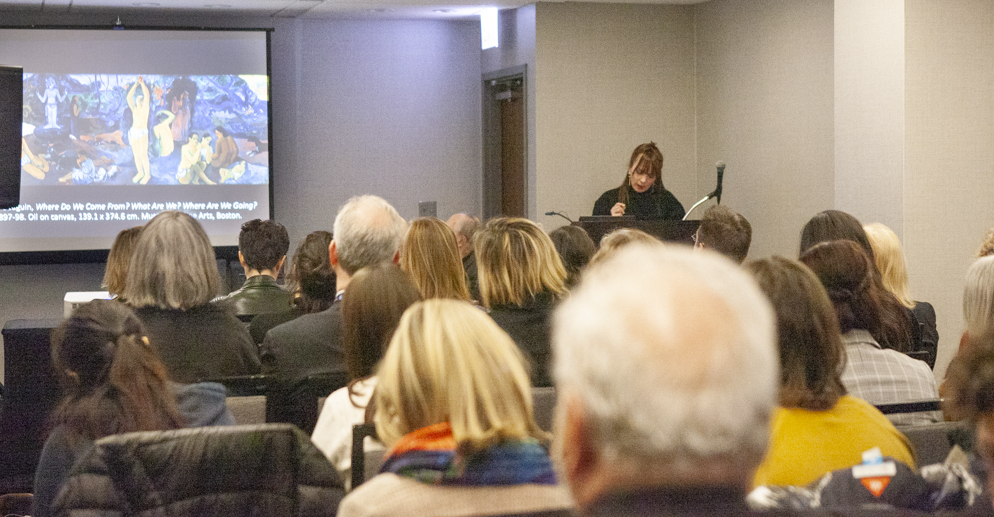
Elpida Vouitsis presents at the 2020 Annual Conference in Chicago. Photo: Stacey Rupolo
CAA invites nominations and self-nominations for one at-large member of the Annual Conference Committee to serve a three-year term. The term begins February 2021, immediately following the 109th Annual Conference.
The Annual Conference Committee, working with the CAA Programs Department, selects the sessions and shapes the program of the Annual Conference. The committee ensures that the program reflects CAA’s goals for the conference, namely, to make it an effective place for intellectual, aesthetic, and professional learning and exchange; to reflect the diverse interests of the membership; and to provide opportunities for participation that are fair, equal, and balanced.
The Annual Conference Committee meets during the conference and at the call of the program chair and vice president for Annual Conference. Committee members also serve to support sessions comprised of individual papers and projects where a formal chair has not been identified.
Please send a 150-word letter of interest and a CV to Mira Friedlaender (mfriedlaender@collegeart.org), CAA manager of annual conference, by January 5, 2021.
Deadline: January 5, 2021



